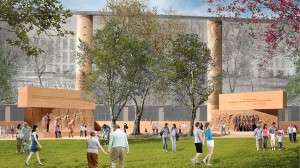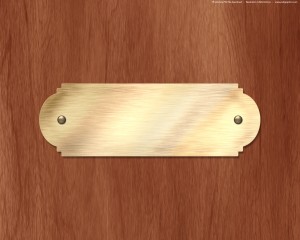DESIGNING THE FUTURE
The words visionary and futuristic are generally used as high praise in architectural criticism. But I’m not so sure. Most architectural visions, whether it’s Mendelsohn, Marinetti, or Sant’Elia have not proved accurate–how could they? Too many unpredictable things change, technologically, politically, culturally. “Cities of the future” generally look quaint, decades on. The most interesting visions are the ones that accept odd blends of past and future, like the dystopian metropolis in Blade Runner, or the techno/medieval Village in the TV series The Prisoner (whose setting was actually Sir Clough Williams-Ellis’s Portmeirion).




